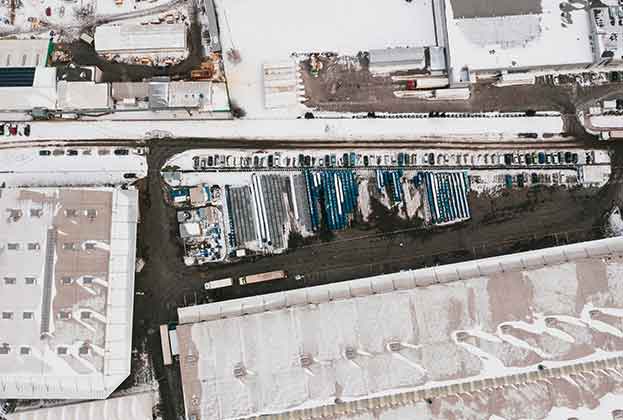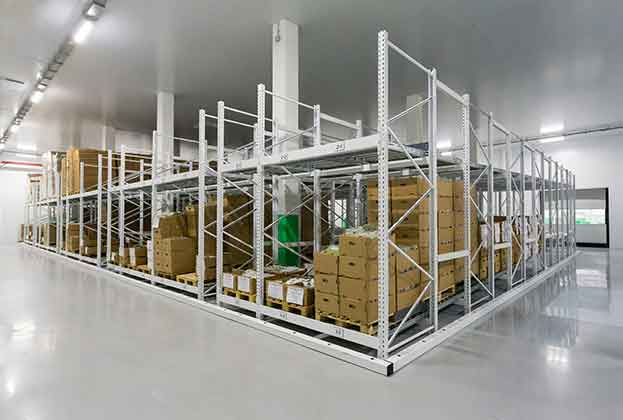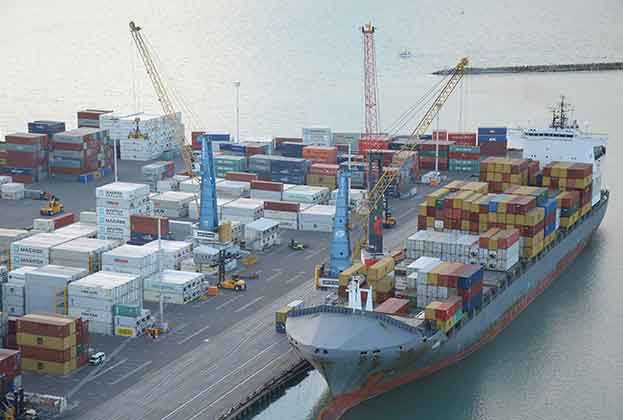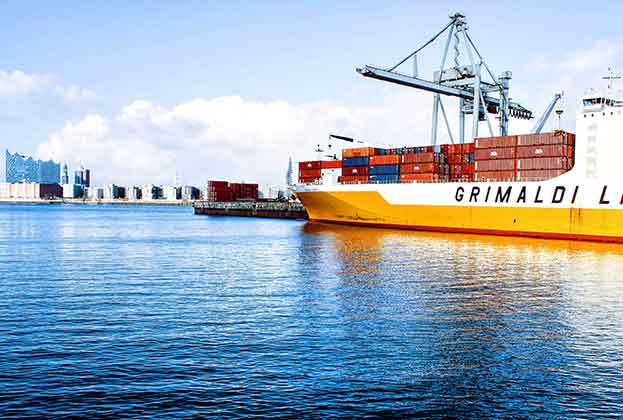Data centres in various forms date back as far as the 1950s. However, as our reliance on the internet has grown over the last 60 years so has their importance. Cloud computing, the Internet of Things and the advances in Artificial Intelligence (AI) have all placed the data centre at the heart of the digital economy, which goes someway to explain why take-up almost doubled between 2018 and 2019.
Now, in the midst of the Covid-19 lockdown, data centres are perhaps more important than ever, supporting the massive shift online for the vast majority of the population. A robust digital infrastructure is likely to be the saving grace for the UK’s precarious economic situation.
While there was already a strong increase in demand for data centres over the past 12 months, it has spiked in recent weeks as multiple new UK entrants look for suitable space. This is especially true of hyperscalers, namely those who own and operate their own large or multi-unit facilities, rather than going through a third party provider. Companies are looking for robust and scalable options in order to help cope with changes to their business models as they continue to adapt to what is for many a new normal.
The fact that the Cloud can be hosted in a warehouse off the M4 may come as a surprise to some.. However, not all units are suitable to house hundreds of servers. Power, for instance, is a significant issue. A data centre may require a 40 MVA power supply, whereas a standard warehouse unit may only have access to 2 MVA. Having good fibre connectivity is also essential and not all locations are equipped for this. There is also the matter of assessing flood risk, and other hazards, as the potential damage could cost millions to repair if the worse were to happen.
With this in mind, there are significant limitations to where a data centre can be located. What’s more, operators tend to look for freehold opportunities due to the sheer scale of investment that goes into building, fitting-out and running a facility.
London is considered one of the key hotspots, specifically Hayes and Slough to the west and Enfield and Hemel Hempstead to the north. This is because of the propensity for these types of occupiers to ‘cluster’ largely due to the power and fibre routes available within the capital.
Looking ahead, we expect demand to continue and for take-up to remain high. In 2018 take-up totaled just 650,000 sq ft, but in the first quarter of 2020 alone, Savills recorded 515,000 sq ft of transactions. While the legacy of Covid-19 remains unclear, one thing we do know is that the internet has played a crucial role in keeping the country working and this could not have happened without data centres.
Further information
Read more: Spotlight: Big Shed Briefing
(3).jpg)

.jpg)





.jpg)

.jpg)